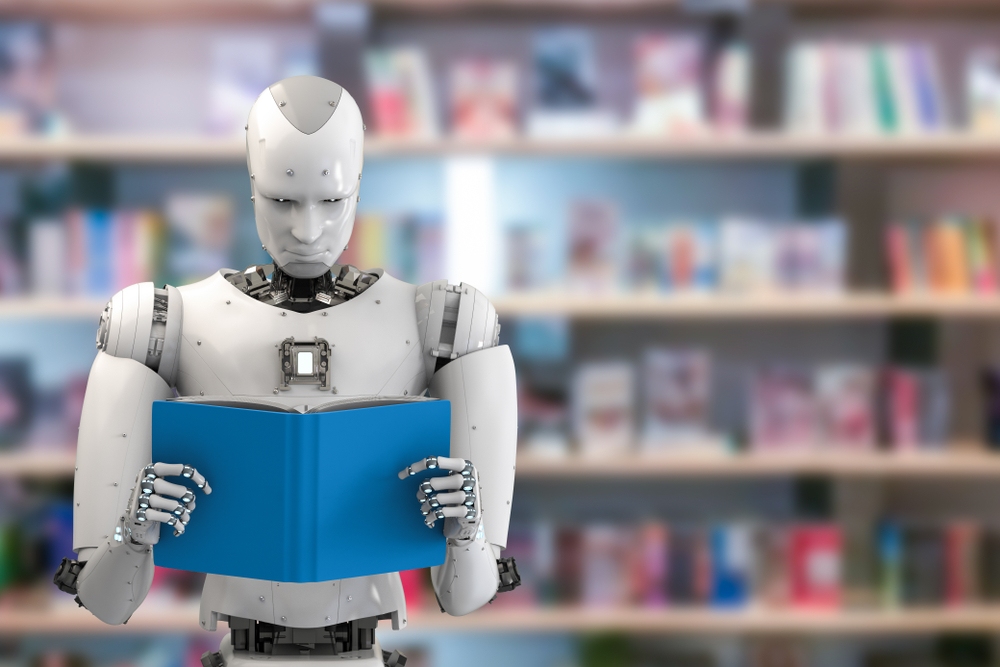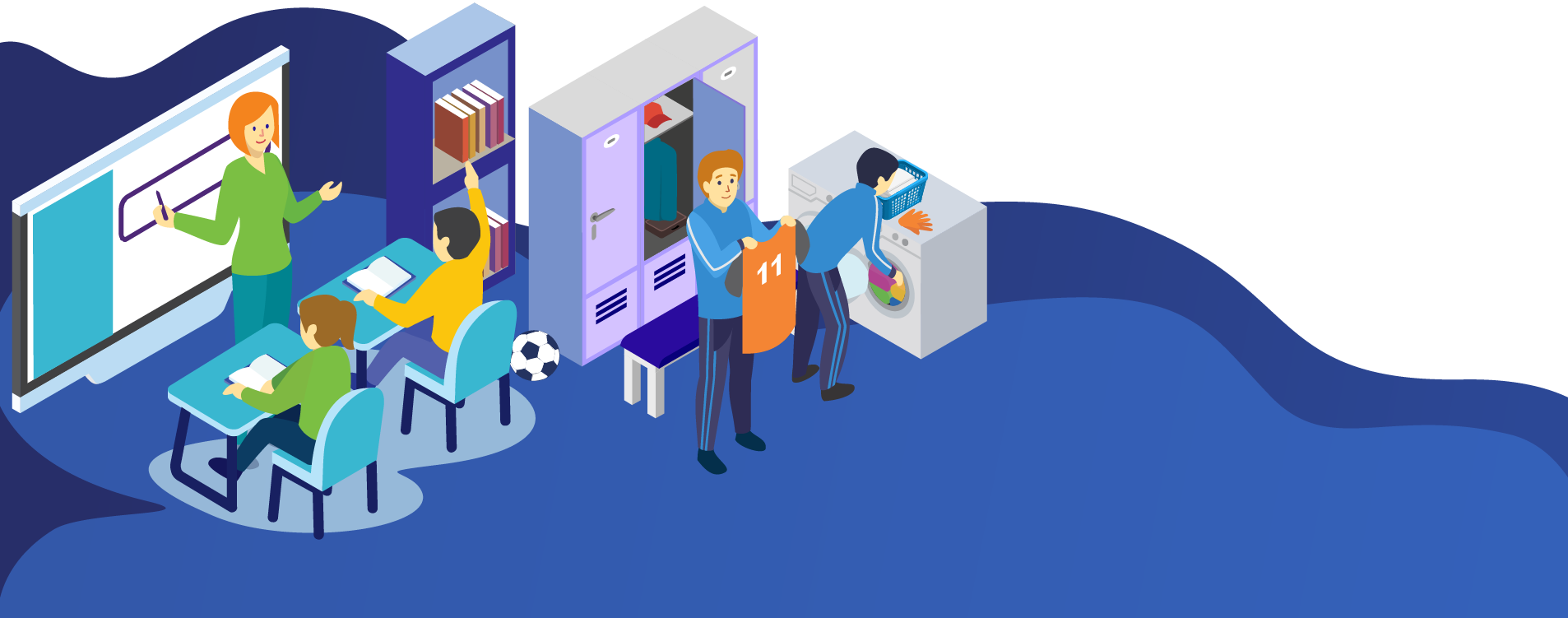Friend or foe: The uses of AI in education
AI in education looks set to grow and grow. Find out about how it’s being used today and the role it might play in the future in our latest blog.

Artificial intelligence (AI) is a hot topic in many areas of everyday life, and is set to make a splash in education. Schools Minister Nick Gibb recently announced that a new “AI horizon scanning group” has been launched to explore how AI might affect the Department for Education’s policy making and the potential benefits it could bring.
This blog discusses the role of AI in education, how it’s being used now in our classrooms, and looks ahead to how it might be used in the future.
AI in education
Whether we’re aware of it or not, AI is a part of our daily lives. From automatic parking systems to smart sensors in cameras, this technology is all around us. Similarly, AI in education is starting to make strides and is gradually changing teaching methods.
Over the last decade or so, AI has been applied to help with a range of learning challenges like reasoning and language processing. Computer software, known as Intelligent Tutoring Systems, can track the “mental steps” that a learner takes during problem-solving tasks, to help estimate their understanding of a subject. This same software provides help, feedback and explanations to the learner to guide their progress.
How is AI in education being used?
The potential uses of AI in education are almost limitless. But the main functions of AI in our classrooms currently are:
1) Automating admin tasks:
Teachers typically spend much of their time marking tests and homework. AI can make quick work of these time-consuming tasks and is suitable for grading student work such as multiple-choice tests. As the technology becomes more advanced it will also have the potential to fulfil sophisticated tasks, e.g. assessing written responses. This brings clear benefits to teachers, freeing up their time to spend on other areas like lesson planning and interacting with students.
2) Learning outside of the classroom:
Until recently, students were forced to rely on their teachers and parents to provide additional support if they were struggling. AI can help eliminate these barriers to learning, giving students access to educational content around the clock, wherever they are!
3) Personalised learning:
Personalised learning comes into its own where students have a range of learning styles and abilities. However, in a class of 20 or more students, one teacher is unlikely to have sufficient time to customise resources for each student.
With the help of AI, which taps into the adaptive learning functionality in assessment software, learning games and the like, this ‘customisation’ process is simplified. Tools that highlight areas where students are having difficulty also allow teachers to step in and offer valuable one-on-one support.
How might AI in education be used in future?
The use of AI in education, and education technology as a whole, will undoubtedly continue to grow. Some of the areas AI might impact in future are:
- Where and how we educate: How will this change if we become more reliant on machines and less on teachers? With an increased use of technology in the home, online classrooms have been steadily on the rise. And, although physical classrooms are likely to continue to play a vital role in education, the landscape of the traditional learning environment will almost certainly change.
- Virtual mentors for every learner: There may come a time when all learners have continuous support and guidance from their personal virtual mentor.
- Learning analytics: With AI technology, the possibilities of analysing data relating to learning really begin to open up. This has potential to provide valuable insight and knowledge for everyone connected to education.
Would you like to find out more about the technology to support AI in education? Contact the friendly team at Utility Rentals.

